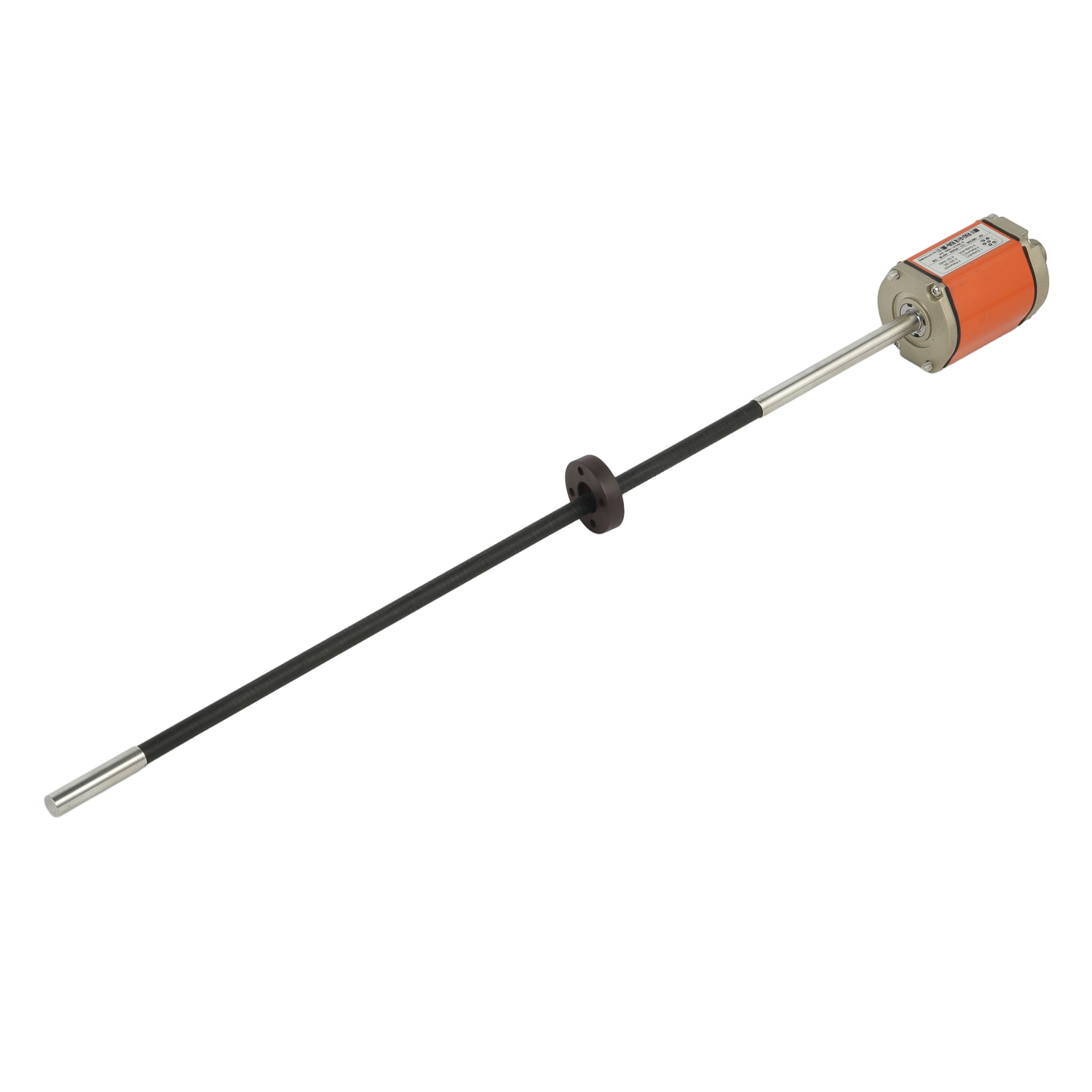What is the response speed of magnetostrictive displacement sensors?
When evaluating position sensing technologies for industrial applications, response speed emerges as a critical performance parameter. Magnetostrictive displacement sensors excel in this domain, typically delivering response times ranging from 0.1 to 2.0 milliseconds depending on the specific model and measurement length. This exceptional speed enables real-time position monitoring in high-velocity applications where traditional sensors might struggle.
The underlying technology operates through the magnetostrictive principle, where a current pulse generates a magnetic field that interacts with a permanent magnet in the position magnet. This interaction creates a torsional stress wave that travels along the waveguide at approximately 2850 m/s – the speed of sound in the specific ferromagnetic material. The time difference between pulse initiation and wave detection directly correlates to position measurement, creating an inherently fast response mechanism.
Several factors influence the ultimate response speed achievable. Sensor length plays a crucial role, as longer waveguides require more time for the stress wave to travel from the position magnet to the sensing element. Electronics design significantly impacts performance, with modern sensors incorporating high-speed signal processing circuits that minimize computational latency. The update rate, often configurable, determines how frequently new position values are calculated and transmitted.
In practical terms, this rapid response capability makes magnetostrictive sensors ideal for hydraulic cylinder positioning, injection molding machines, and precision automation systems where milliseconds matter. The technology's ability to provide accurate, real-time feedback enables tighter control loops and improved process efficiency compared to slower sensing alternatives.

Environmental considerations also play a role in maintaining optimal response characteristics. Temperature variations can slightly affect wave propagation speed, though advanced sensors incorporate temperature compensation to mitigate these effects. Proper installation practices, including secure mounting and appropriate magnetic strength in the position magnet, ensure consistent performance without introducing measurement delays.
Modern implementations often include digital interfaces like SSI, CANopen, or Ethernet that complement the inherent speed of the sensing technology. While these communication protocols introduce additional latency, their impact remains minimal compared to the overall system benefits. The combination of physical sensing speed and efficient data transmission creates a comprehensive solution for demanding motion control applications.
As industries continue to push for faster cycle times and higher precision, the response speed of magnetostrictive displacement sensors positions them as a preferred solution for critical measurement tasks. Their unique blend of microsecond-level response, robustness, and accuracy continues to drive adoption across various industrial sectors where timing precision directly impacts operational success.
 UpgradingYourLevelMeasurementS
UpgradingYourLevelMeasurementS
 Why are magnetostrictive level
Why are magnetostrictive level
 ComparingMagnetostrictiveandRa
ComparingMagnetostrictiveandRa
 MagnetostrictiveLevelSensorfor
MagnetostrictiveLevelSensorfor
